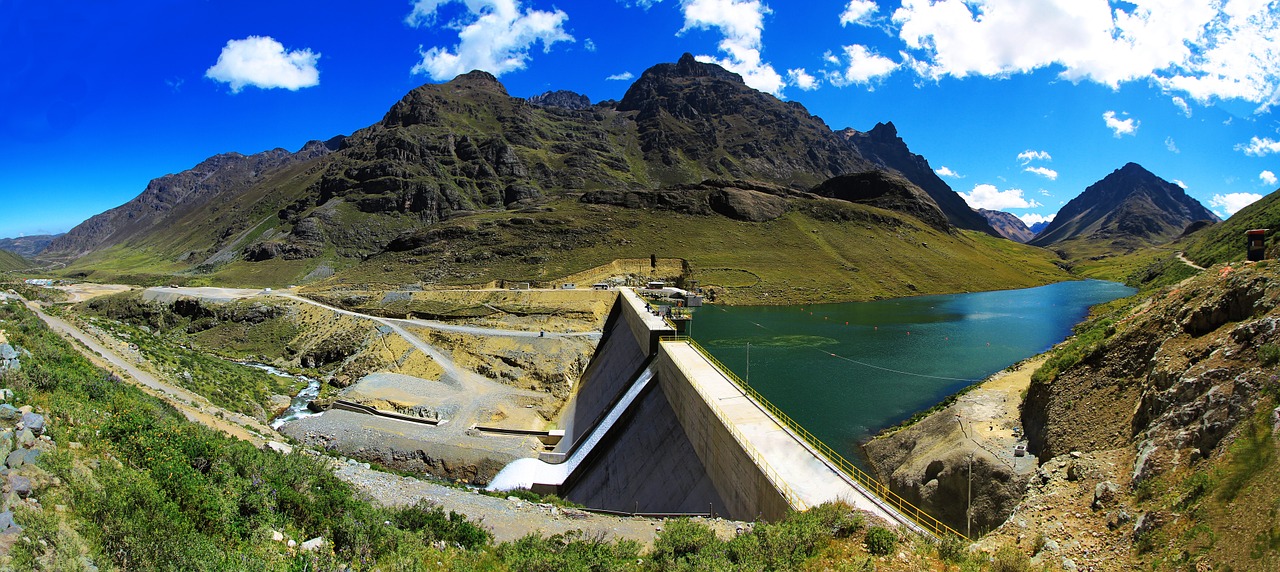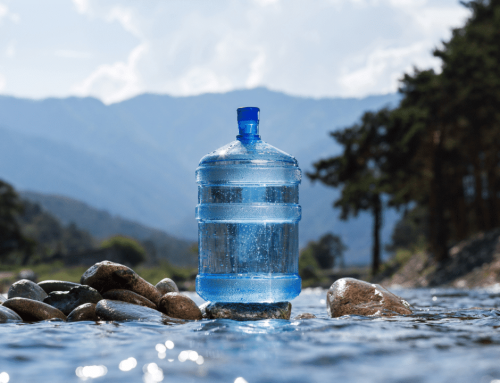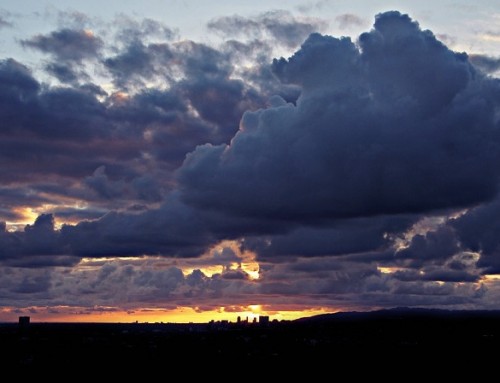After a few months of welcoming winter rains in the Western Cape with open arms, the province is finally ready to take on the approaching hot summer months, which is just around the corner.
That’s because, this time last year, residents were negative and didn’t know whether there would be water to supplement the province for summer months to come. Luckily, 2019 has been a game-changing year for the entire country, not only filling the Western Cape’s dams up to 85% full but also teaching both the country’s residents and the entire world, a lesson.
The conservation and sustainability of water should be highlighted in countries every single day. Water can run out at any time, which is just another reason why we should take care in protecting our precious water resources.
Western Cape Dam Levels Heading into Spring 2019
Nearing the end of August, the Threewaterskloof dam, the largest dam in the Western Cape, was 71.67% full, which was only 45.22% full this time last year.
The Clanwilliam and Bulshoek Dam situated in the West Coast has also reached over 90% full, while Olifants and Doorn Catchments remained the same as the previous year, at 98.60% full.
Thus far, most of the dams in the Western Cape are looking good. Residents are also put at ease, considering that summer is on its way and there is enough water to last the province until the rainy months in 2020.
Cape Town is currently still receiving rain, which even though it’s little, is still contributing to a positive increase in its dam levels.
Water restrictions that have been instated in 2018, will remain going forward, or at least until all dams have reached 85% full or more. Residents are still often reminded about the importance of saving water wherever they can, and to not waste water going forward.
Get bottled water cooler and mains water cooler from Living-Water in London.






